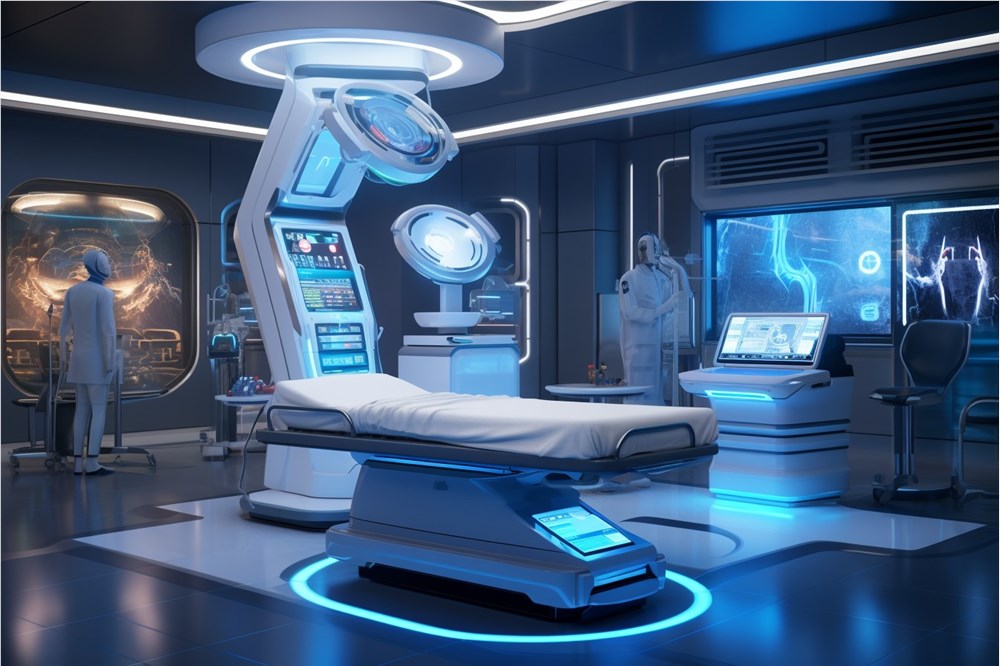AI Radiology System Cuts Diagnosis Time to Milliseconds
A revolutionary AI radiology system developed by Northwestern University Feinberg School of Medicine is transforming medical imaging with unprecedented speed and accuracy. The world's first clinical workflow-integrated AI solution can detect life-threatening conditions in milliseconds, offering hope amid global radiologist shortages.
Currently deployed across 12 Northwestern-affiliated hospitals, the system analyzed nearly 24,000 radiology reports during its initial five-month trial period in 2024. Results showed an average 15.5% improvement in report generation efficiency, with some physicians experiencing 40% faster turnaround times without sacrificing accuracy. Subsequent testing revealed even more dramatic results - an 80% efficiency gain for CT image analysis.

Unlike limited single-disease detection tools, this comprehensive system interprets complete X-rays or CT scans, generating personalized reports that are 95% complete before physician review. Beyond summarizing key findings, it provides diagnostic templates and treatment recommendations.
The technology's real breakthrough lies in its instant alert system. When detecting critical conditions like pneumothorax, it immediately flags physicians and cross-references patient records during report generation. "This isn't about replacing doctors," explains the research team, "but giving them superhuman speed when minutes matter most."
Built exclusively on real clinical data rather than general AI models like ChatGPT, the system achieves remarkable precision while requiring minimal computational resources. Researchers confirm it's the first AI demonstrating consistent accuracy across all X-ray types from head to toe examinations.
With the U.S. facing a projected shortage of 42,000 radiologists by 2033 alongside annual imaging demand growth of 5%, this innovation couldn't be timelier. The system slashes diagnostic reporting from days to hours - a game-changer for overburdened healthcare systems.
Key Points
- Processes medical images in milliseconds with up to 80% efficiency gains
- Generates near-complete diagnostic reports (95%) for physician review
- Provides real-time alerts for life-threatening conditions
- Trained exclusively on clinical data for maximum accuracy
- Addresses critical radiologist shortage amid rising demand